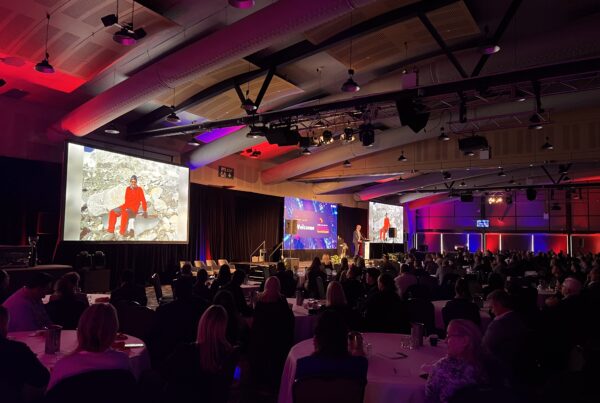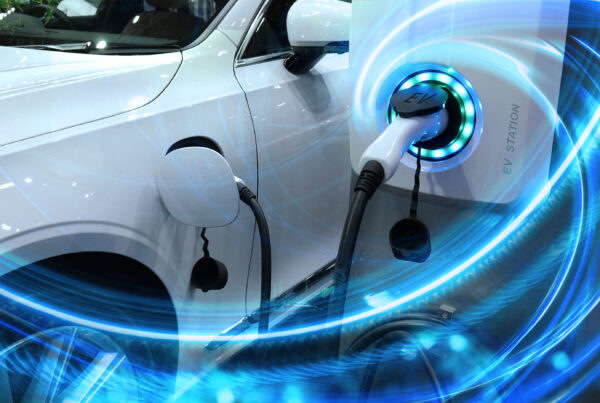Australia saw a total of 98,375 new vehicle sales in October. This marks a solid year-to-date milestone of over one million units. However, the figures also reveal a slowing market as the year-end approaches according to the Federal Chamber of Automotive Industries (FCAI).
Compared to October 2023, this represents a 7.9 per cent drop (down 8,434 units). Despite the decrease, it was still the second-best October on record. This brought the annual total so far to 1,025,621 vehicles sold.
“While not at the record levels of 2023, the October result is solid,” said FCAI Chief Executive. Weber.
He noted concerns though, over the private buyer segment. This segment declined by 14.2% in October and by 17.2 per cent in September.
“This does indicate that economic pressures are a concern for families across the country,” Mr. Weber added.
EV Sales Growth Faces Challenges
While electric vehicles (EVs) have gained ground in some areas, Mr. Weber pointed out that their share of new sales remains “subdued”. This is despite new brands and tax benefits entering the market.
The medium passenger segment has seen strong EV adoption, with almost half of its sales being electric. However, this segment represents just over 4 per cent of total car sales, showing limited impact on the broader market.
In contrast, plug-in hybrid models are now making progress in the popular SUV and Light Commercial segments. This segment is traditionally dominated by petrol and diesel options.
“This activity across segments and models highlights the competitiveness of our market and the increasing choice available to consumers across vehicle and fuel types. It will be interesting to see how this translates to an increase in sales momentum in the run up to the end of year result in December.” Mr. Weber explained.
Market Highlights
Toyota maintained its position as the market leader with 18,471 sales in October. Ford followed with 8,581 and Mazda with 7,656. Toyota’s RAV4 was Australia’s best-selling vehicle, with 4,841 units sold, followed by the Ford Ranger (4,757) and Toyota HiLux (4,523). Other popular models included the Ford Everest and Isuzu Ute D-Max.
Sales trends varied across regions, with mixed performance. New South Wales, for example, experienced a 12.1 per cent decline (29,014 units), while Western Australia saw a 13.5 per cent increase (11,537 units). The Australian Capital Territory and Tasmania reported the largest declines, with 16.4 per cent (1,298 units) and 20.1 per cent drops (1,594 units), respectively. Northern Territory was up 15.3 per cent (853 units). Meanwhile, Queensland decreased 1.7 per cent (21,557 units) and South Australia also decreased by 7.1 per cent (6,205). Finally, Victoria decreased 14.4 per cent (26,317 units).
The Passenger Vehicle segment dropped by 11.9 per cent compared to October last year (down 2,089 units), with the SUV segment declining by 5.2 per cent (down 3,107 units). The Light Commercial segment also saw a 13.7 per cent decrease (down 3,510 units), while Heavy Commercial vehicles were the only segment to grow, increasing by 6.4 per cent (up 272 units).
Competition is getting stronger in different vehicle types and segments in the Australian market. Changes may still be expected as brands release new models, especially in hybrid and electric cars, before the December year-end results.
Did you find this article interesting? Click the ‘heart’ button above to give it a ‘like’!


















